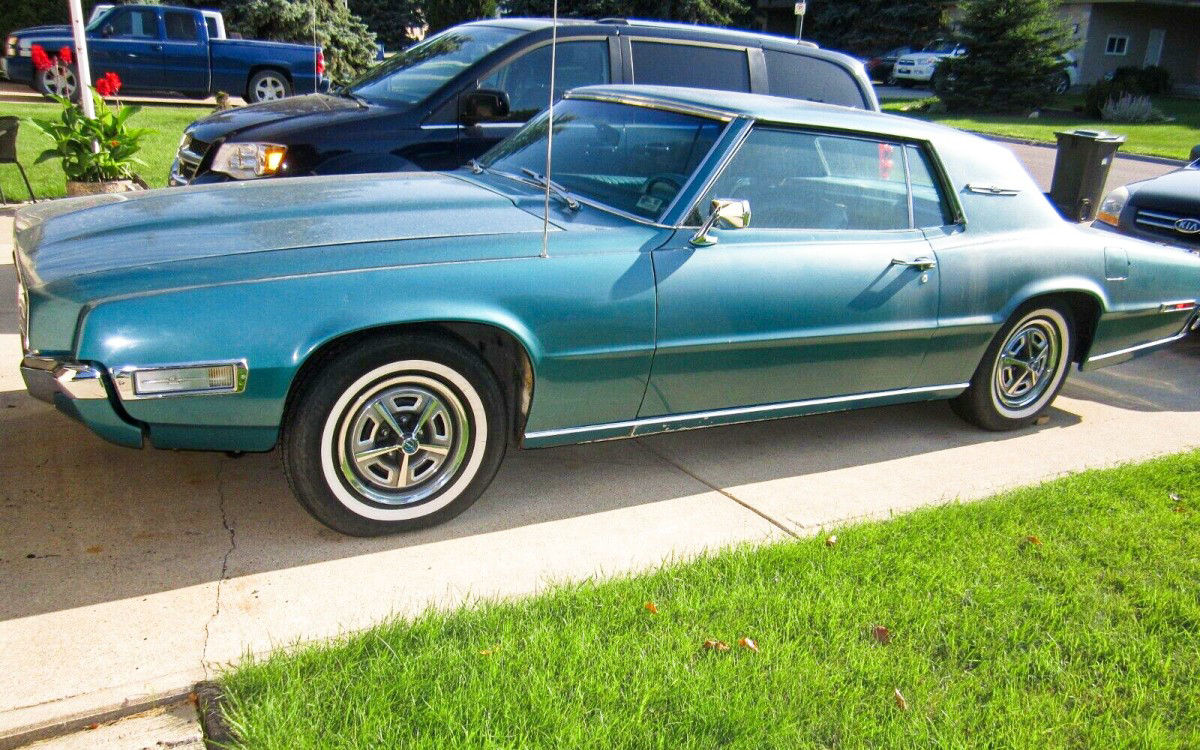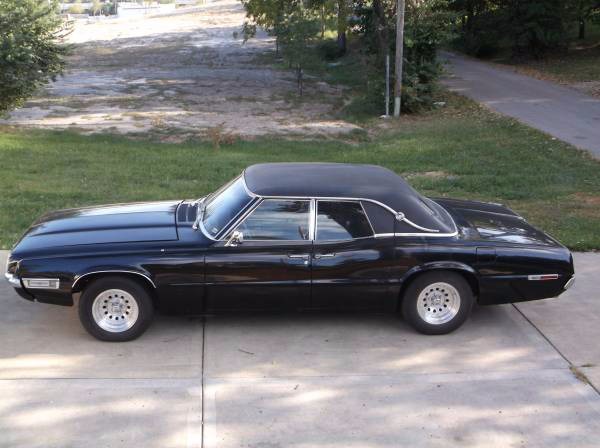
Mazda’s fantastic roadster burst onto the European scene in 1990, with the Mk1’s original recipe of a reliable and revvy 114bhp 1.6-litre twin-cam motor, perfect proportions, pop-up headlamps, rear-wheel drive and superb handling meaning sales smashed all expectations. An entry-level, useable mid-’70s Beetle can be yours from around £4000.

With the almost unparalleled aftermarket support and fanbase that exists for these cars the world is your oyster. Owners have long performed upgrades of all kinds, backdating newer cars and extracting outrageous power from the air-cooled engine. Perhaps the beauty of a classic car like the Beetle is that despite the variations over the years, the essence of the car very much remained. A trickle of privately imported cars continued to arrive here until production finally ended for good in 2003. In 1978, the last European Beetle saloon was produced, VW’s Mexican factory then supplying cars to LHD European markets until 1985. An ‘S’ after the model name simply signifies the larger 1600cc engine. Produced in anticipation of safety regulations (which were never enacted) in the US market governing the distance between front seat occupants and the screen, the 1302/1303 with its larger front boot is more practical than the traditional Beetle but is less sought-after by fans of the original design and production ended in 1975. With their 12-volt electrics, better lighting and other improvements they’re also easier to live with.īuyers new to the air-cooled VW scene can be easily confused by two main departures from the original: the 1302, launched in 1971 which featured MacPherson strut front suspension and double-jointed rear suspension, then the 1303 which replaced it in 1972 and used the 1302 chassis but added a restyled body with bulbous wraparound front screen and plastic dashboard. However, the post-’68 cars with the square-section bumpers, larger rear lamps and upright headlamps can be found for under our £5000 ceiling. The pre-’58 examples – known as ‘split’ or ‘oval’ after the shape of the rear window – are best left to hardcore VW fans, while the pre-’68 cars with their sloping headlights are also coveted by enthusiasts. It’s little wonder that the Volkswagen Type 1 – never officially called ‘ Beetle’ – has remained such a popular classic car over the decades, helped by the fact that VW built more than 21 million over a huge 65-year production run. Any chrome-bumper cars within our budget are likely to need work, but £5000 should still be enough to buy a tidy 1500 if you’re patient, and projects begin from around £2000. Given the Midget’s simplicity of the Midget, many enthusiasts enjoy buying something in need of TLC and tinkering away at their leisure. There was also the controversial switch to the 1493cc unit used by its Triumph Spitfire rival, which would power the Midget until production ended in 1979. It was all change in 1974 though, as the arches reverted back to the squared-off style and US federal regulations dictated the fitment of Bayer Bayflex ‘rubber’ impact bumpers in place of the chrome items.

From 1966 the Midget got the 1275cc A-Series, with the sought-after ‘round wheelarch’ variant arriving in 1972.
1968 thunderbird muscle cars windows#
In a little over a year, the original 948cc engine was replaced by a larger 1098cc unit, while the Mk2 of 1964 brought with it further engine tweaks, exterior door handles, an all-new dash layout and wind-up windows to replace the old side screens. All this made it affordable to run and maintain – qualities that continue to fuel its appeal to this day. Derived from the Austin-Healey ‘Frogeye’ Sprite already built at Abingdon and largely identical to the Mk2 Sprite launched a month earlier, the Midget used tried and tested mechanicals proven by the likes of the Austin A35 and Morris Minor, including the trusty A-Series engine. The Midget arrived in 1961 as MG’s re-entry into the world of no-frills sports car ownership. While they all guarantee an inexpensive route into classic car ownership for those who are new to it, they also provide a tried and tested option for lifelong aficionados looking for their next historic vehicle. We’ve picked 10 respected classic cars, all of which are currently available for a sensible budget of £5000 or less, and each offer something different. Picking a popular, established model ensures excellent parts support and often a thriving club community to help you as you strive to keep your pride and joy in the best shape possible. However, it needn’t cost a fortune to get behind the wheel of a useable and rewarding old car.

You don’t need us to tell you that classic cars aren’t as affordable as they once were. Despite the current state of the market, it is still possible to buy a classic car for under £5000.


 0 kommentar(er)
0 kommentar(er)
